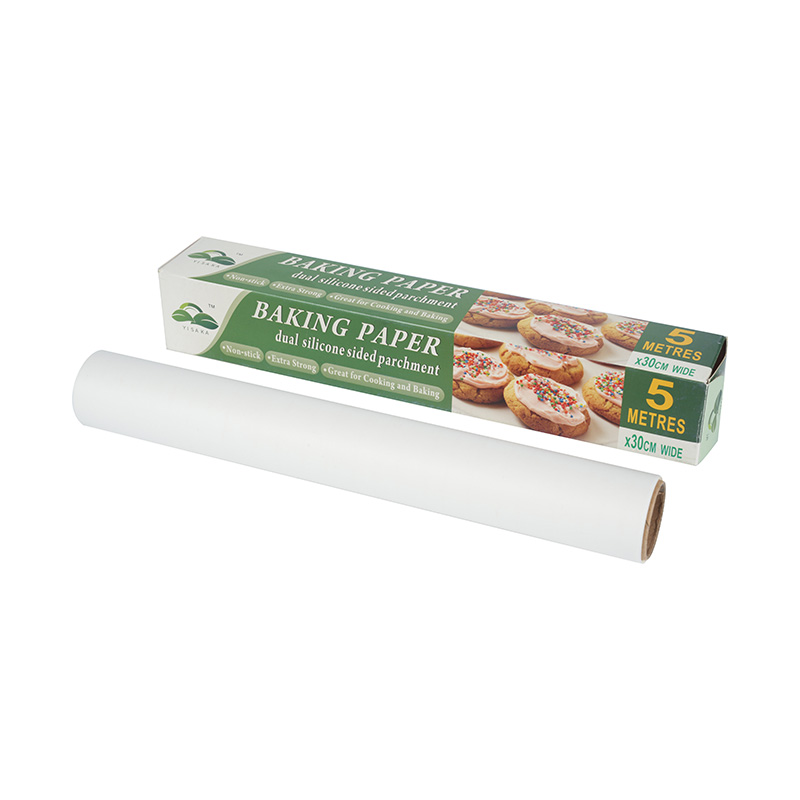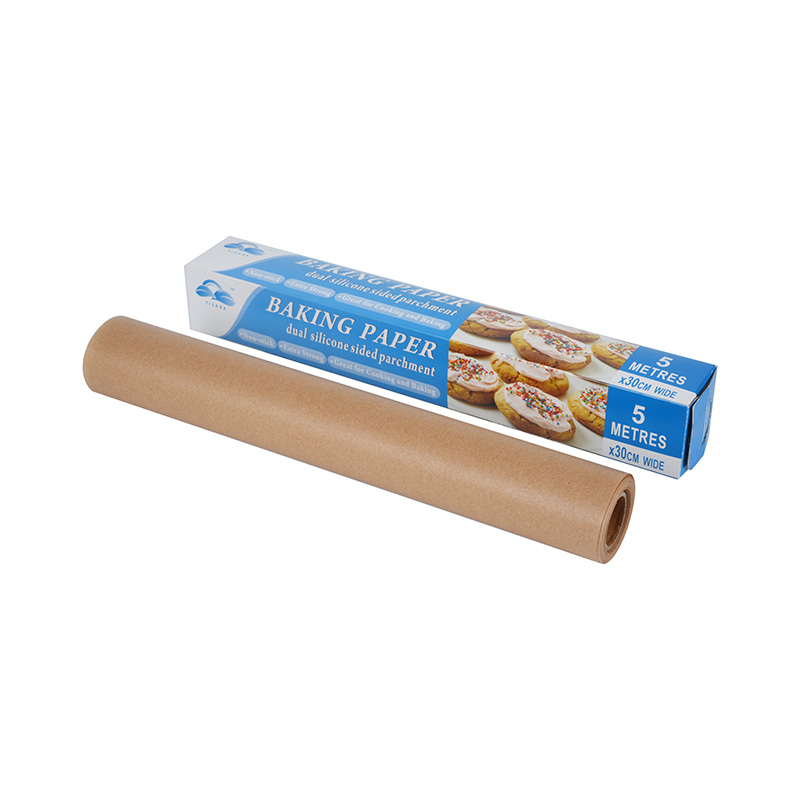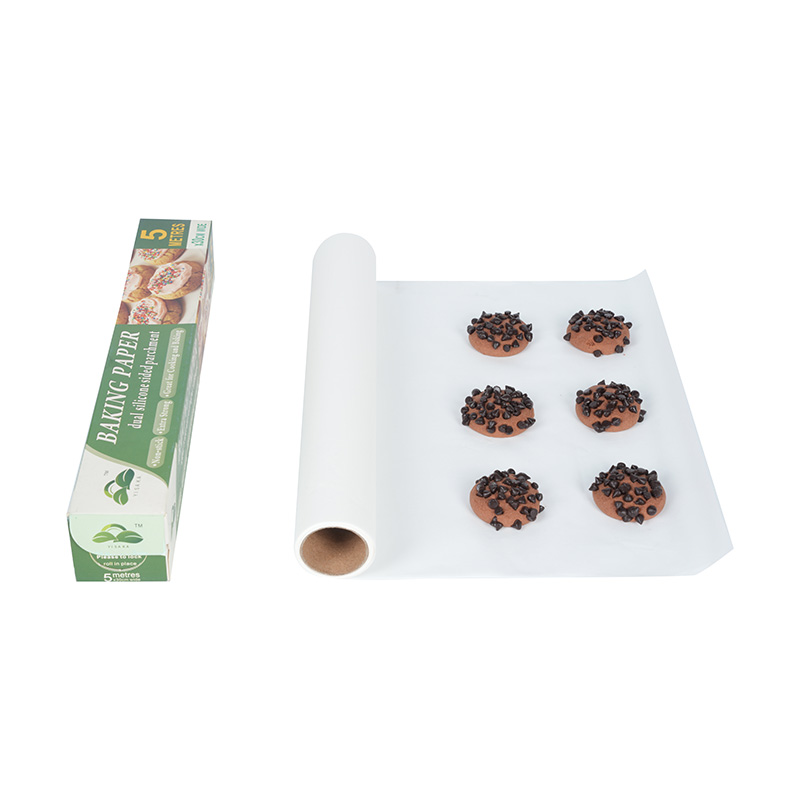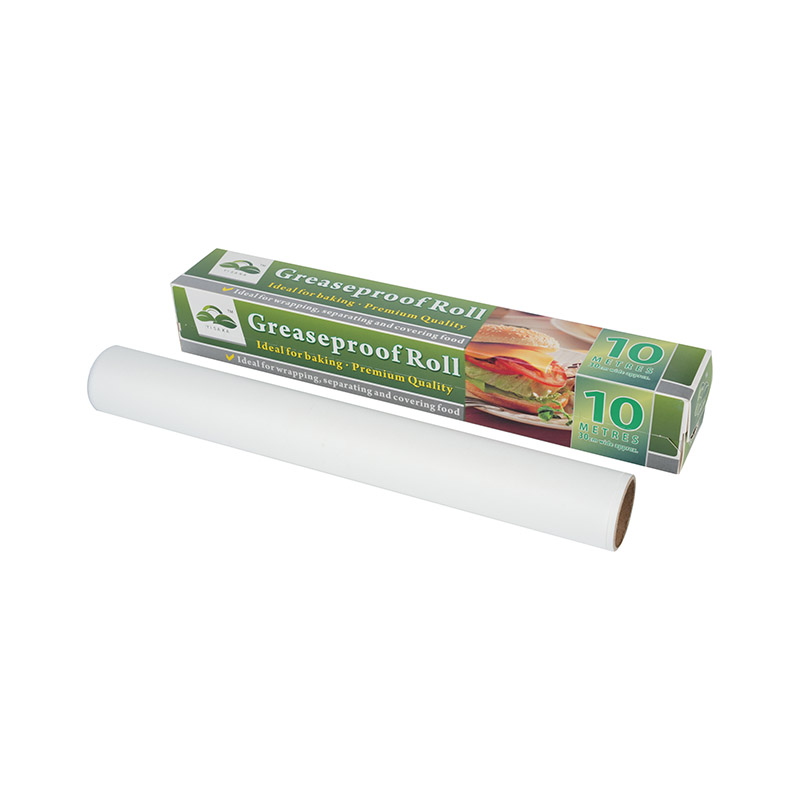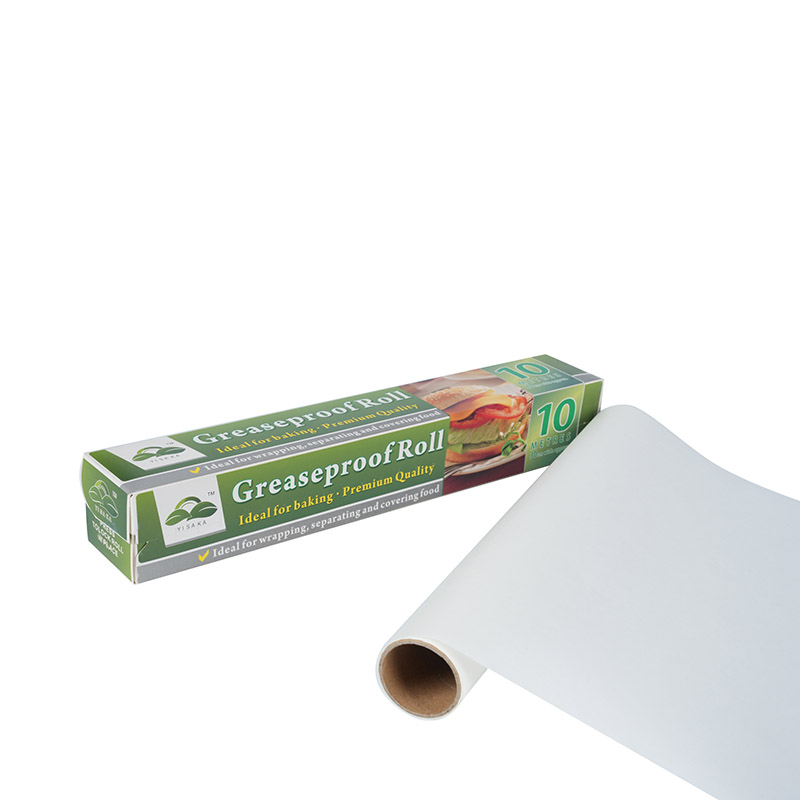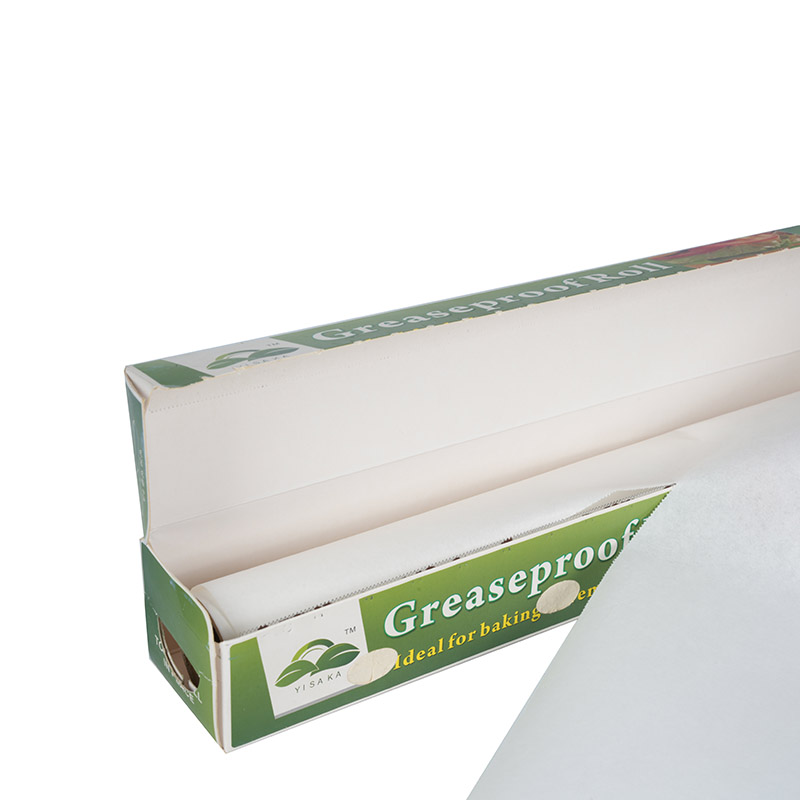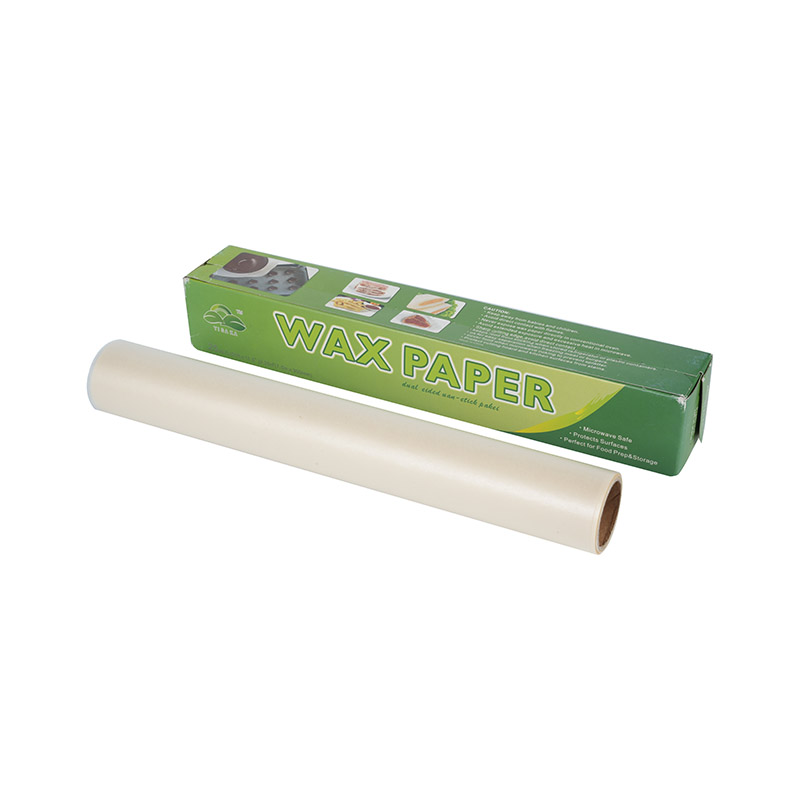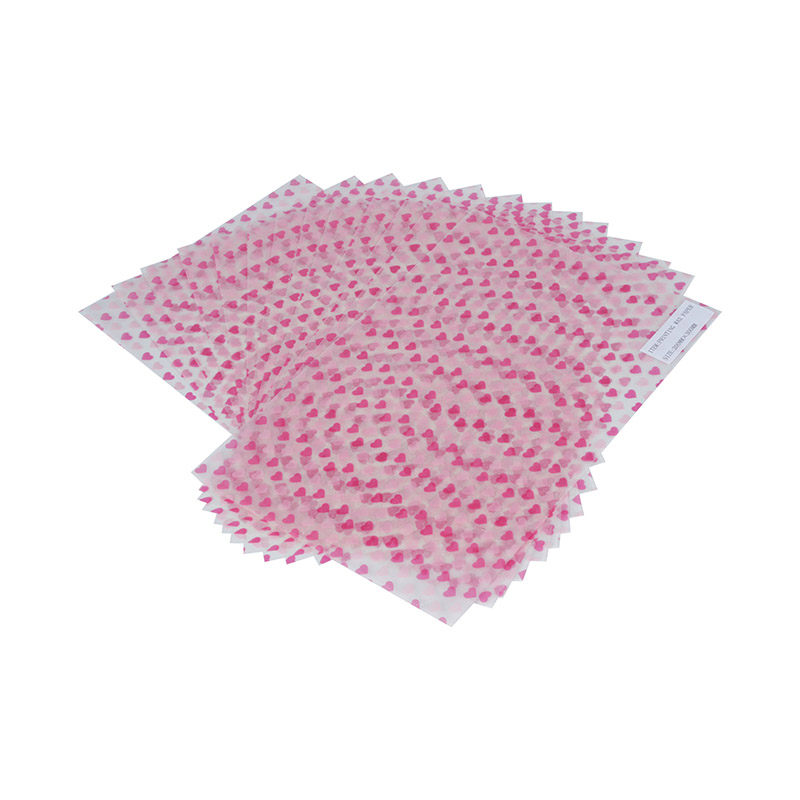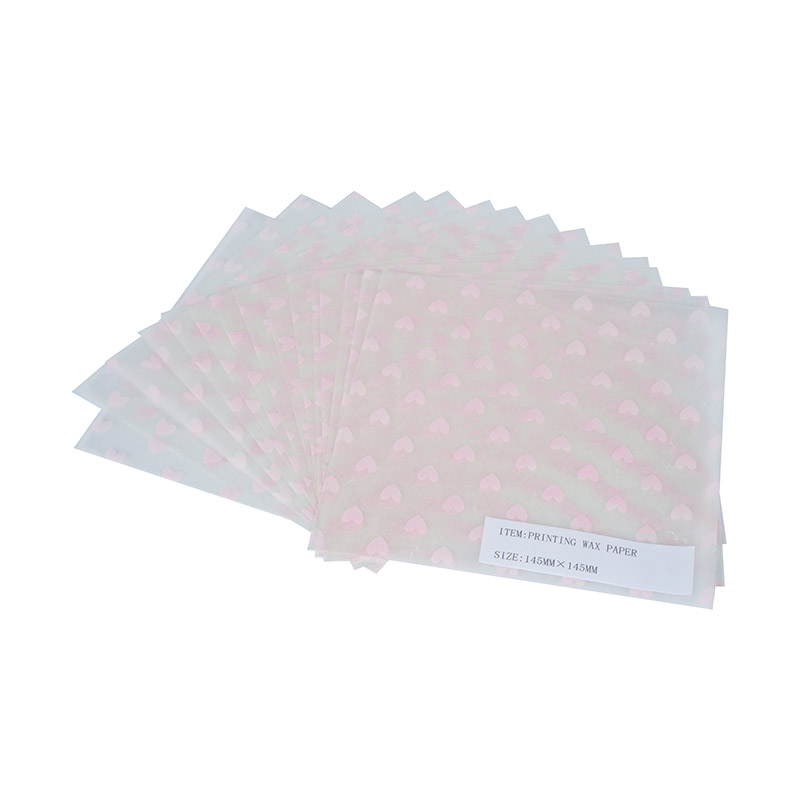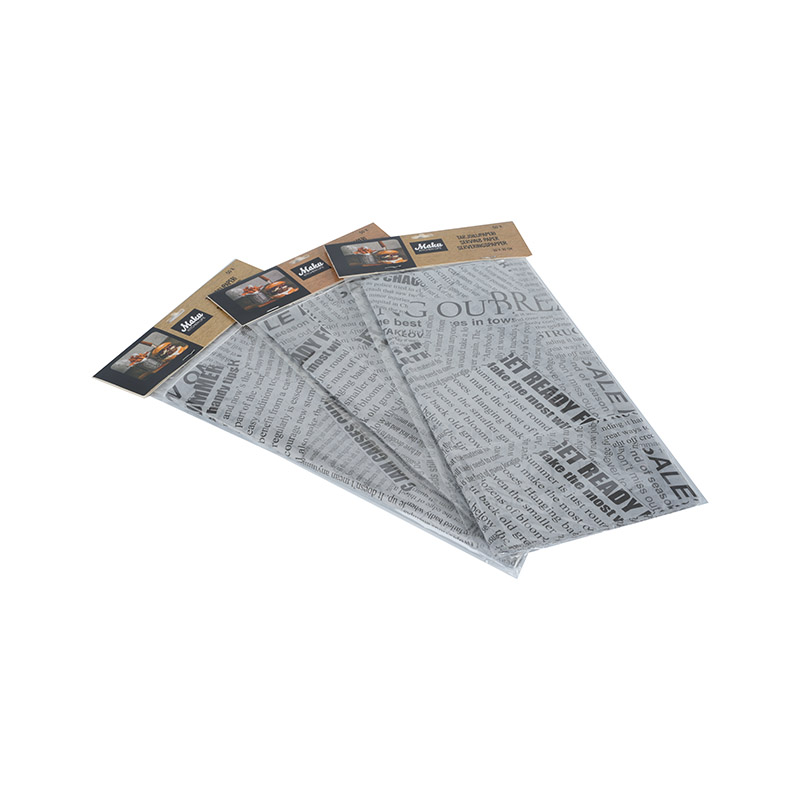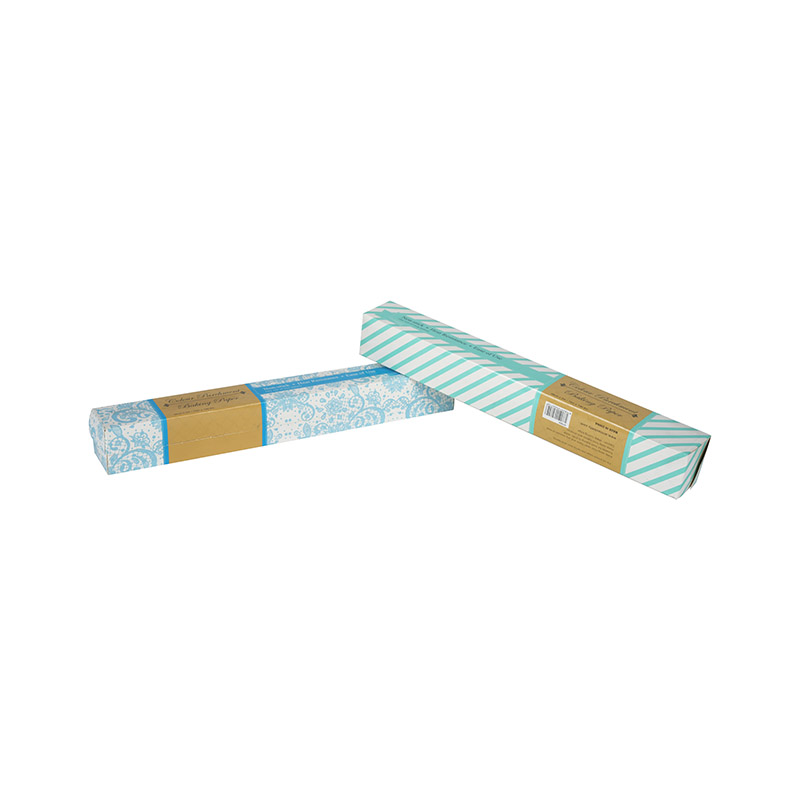Baking paper, also widely known as parchment paper, is an indispensable tool in both professional and home kitchens. Its widespread use stems from a unique combination of properties that enhance baking and cooking efficiency, hygiene, and the quality of the final product. Understanding why it's so popular involves delving into its composition, functionalities, and the benefits it offers.
What is Baking Paper?
Baking paper is typically made from cellulose fibers, similar to regular paper, but it undergoes a specialized treatment, often with silicone, which gives it its non-stick and heat-resistant qualities. This silicone coating is what differentiates it from wax paper, which is coated with wax and has a much lower heat tolerance, making it unsuitable for baking. The treatment makes the paper grease-resistant, waterproof, and capable of withstanding high temperatures without charring or affecting food flavor.
Key Reasons for Its Widespread Use
The primary reasons for the popularity of baking paper revolve around its practical advantages in various culinary applications:
1. Non-Stick Properties
This is arguably the most significant benefit. The silicone coating creates a smooth, non-stick surface that prevents food from adhering to baking sheets, pans, or dishes. This is crucial for delicate items like cookies, meringues, and pastries, ensuring they release cleanly without tearing or leaving residue. For savory dishes, it prevents roasted vegetables or meats from sticking and burning onto the pan.
2. Easy Cleanup
By creating a barrier between food and the baking surface, baking paper dramatically reduces the amount of cleanup required. Grease, crumbs, and baked-on residues are contained on the paper, which can be simply discarded after use. This saves considerable time and effort, especially after large baking sessions.
3. Even Heat Distribution
While not its primary function, baking paper can contribute to more even baking. It provides a slight insulation layer, which can help prevent the bottom of baked goods from browning too quickly. This is particularly beneficial for items that require a consistent bake throughout, like cakes and breads.
4. Versatility in Cooking Methods
Beyond baking, parchment paper is versatile. It can be used for:
-
En Papillote (in parchment): A classic French cooking method where food (fish, vegetables, herbs) is sealed in a parchment packet and baked. This method steams the food in its own juices, locking in moisture and flavor.
-
Lining Pans: For cakes, brownies, or casseroles, lining the pan with parchment ensures easy removal and perfect edges.
-
Freezing: It can be used to separate layers of food (like cookie dough or hamburger patties) when freezing, preventing them from sticking together.
-
Decorating: A cone made from parchment paper can serve as a makeshift piping bag for precise decorating with icing or chocolate.
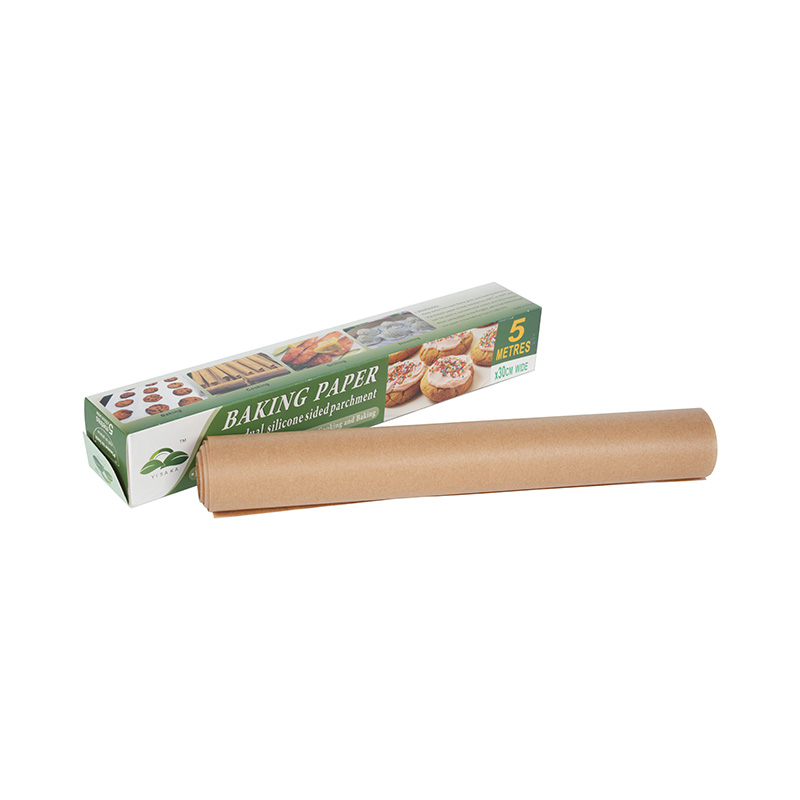
5. Food Safety and Hygiene
Baking paper provides a clean, disposable surface for food preparation and cooking. It prevents cross-contamination between different foods if multiple items are being prepared on the same surface, and it ensures that food does not come into direct contact with potentially scratched or aged baking pans.
6. Prevents Burning
By creating a barrier and offering some heat resistance, baking paper helps prevent the bottom of baked goods from burning, especially when using darker metal pans that tend to absorb and transfer heat more quickly.
Distinguishing from Wax Paper
It's crucial to differentiate baking paper from wax paper. While both have non-stick properties, wax paper is coated with paraffin wax and will smoke and potentially catch fire at high baking temperatures. Baking paper, with its silicone coating, is specifically designed for high-heat applications, making it the safe and effective choice for ovens.
Conclusion
The enduring popularity of baking paper is a testament to its practical benefits in the kitchen. From ensuring perfectly baked goods that release effortlessly to simplifying cleanup and offering versatile cooking options, it has become an essential tool for anyone who bakes or cooks regularly. Its unique non-stick, heat-resistant, and disposable nature makes it an invaluable asset, transforming mundane kitchen tasks into more efficient and enjoyable experiences.


 English
English русский
русский